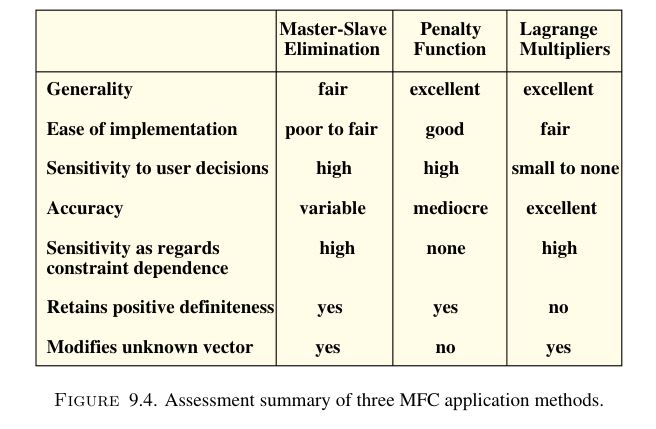JT-1995 said:
Its unfortunate that RISA uses rigid links to create the offset I think. Particularly an Analysis offset. The usual frame of a floor system will have many depths of members, and if you decide to "never" use offsets then you are agreeing that your members will have different top elevations. It seems RISA could just as easily imply a node (hidden the same way it hides the rigid link currently) at the offset beam centroid location and avoid the link altogether.
I believe the rigid links are doing exactly what you ASKED them to do. Personally, I think the problem is entirely on your end. You don't understand the concept of rigid links enough to use them properly. That sounds harsh, but that's (IMO) probably true. Have you ever tried to use similar offsets in another structural analysis program? I'm almost certain that you'll get similar results.
FWIW, I just downloaded the reference Celt linked to and I'm excited to read the chapters he referred to. Maybe it's possible that there is a better way to do this that I don't know about. The people who work for RISA are certainly less "academically" knowledgeable about FEM than most companies. So, they (IMO) tend to implement their features (P-Delta, Rigid Diaphragms and such) in ways that are less technically challenging. That's not necessarily a bad thing as they usually do a lot of validation / testing of their features. But, it does mean that they may not know of better ways to do them.
Now, the use of rigid end offsets (using rigid links internally) to model the rigid portion of a beam to column connection is very, very robust. All the engineer wants is to make the portion of the beam that overlaps with the column to be more rigid. And, that's exactly what the offset does.
The problem is when you start treating an analysis program like a CADD program and want to get a rendering that looks as close as possible to what the floor system will look like. What I mean by this is you want to use rigid vertical offsets because you like the way they look. Rather than you want to change the analysis results in some way. Then you get your results and start to wonder why your member results aren't showing the simple beam behavior you know will occur.... It's because you ASKED the program to do this without having a STRUCTURAL reason why wanted that offset.
Caveat: I worked for RISA for 16 years and was the former VP of Engineering / Tech Support / Training. My time there ended rather poorly. And, I currently work for one of their major competitors. So, my opinions on RISA (especially the way they run their company now) are somewhat biased and should be viewed through that lens.

